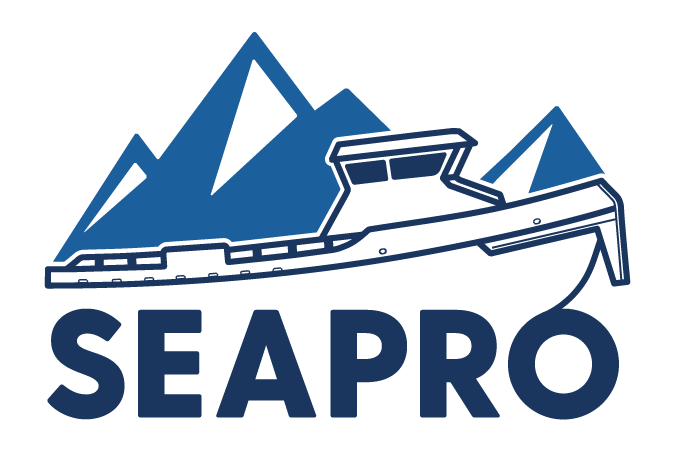

The purpose of this section is to provide planning tools for plan writing, drills and exercises, and incidents. This section is currently under construction. New tools will be added as they are developed and available.
GNOME (General NOAA Operational Modeling Environment) is the modeling tool the Office of Response and Restoration's (OR&R) Emergency Response Division uses to predict the possible route, or trajectory, a pollutant might follow in or on a body of water, such as in an oil spill.
Download the latest version of GNOMEGNOME supports different user experience levels through user modes. To quickly set up spill scenarios customized for each incident, OR&R modelers use GNOME in Diagnostic Mode, which enables them to incorporate a number of outside atmospheric and oceanic circulation models. However, anyone can use GNOME in Standard Mode and with the help of regionally specific location files, set up their spill scenarios to:
To use GNOME, you describe a spill scenario by entering information into the program. GNOME then creates and displays an oil spill "movie" showing the predicted trajectory of the oil spilled in the scenario. In addition to this animation, GNOME estimates the amount of oil beached, still floating, or evaporated at specific times. Along with GNOME, most users also will want to download the Location Files for their regions of interest, such as the Gulf of Mexico or Pacific Region. Location Files contain prepackaged tide and current data and make it easier to work with GNOME.
A Transportation Time Table Quick Reference Application (T³QRA) has been developed for planning purposes. The use of this tool requires Microsoft Excel and you will need to make sure ActiveX components are enabled to ensure it works properly. To download this application right click here and select "Save target as" from the menu to download¹ this planning tool.
SEAPRO has developed a tool to aid in scenario planning and event and incident management. This web based application provides realistic mobilization and arrival times for equipment and resources from all SEAPRO and member company asset cache locations. The tool also provides editable, pre-developed ICS-204 tactics for most response strategies. Access to the planning app can be found here.
State of Alaska regulations regarding contents of oil discharge and contingency plans under 18 AAC 75.425 specify that the following information be included within the Non-Mechanical Response section of a plan:
“ protection of environmentally sensitive areas and areas of public
concern - for a stationary facility or operation, or a railroad, and, if required by the department,
for a vessel, identification of environmentally sensitive areas and areas of public concern that
may suffer an impact from a spill of the applicable response planning standard volume; if identification
of those areas and site-specific strategies for protection of those areas are in an applicable subarea
contingency plan, the plan holder may incorporate that information by reference; whether prepared
separately or incorporated by reference, the identification of and planned protection measures for
those areas must be based on mapped predictions of discharge movement, spreading, and probable points
of contact, based on expected local, seasonal, meteorologic, and oceanographic or topographic
conditions; and, for each probable point of contact, must include a description of each
environmentally sensitive area and each area of public concern, including:
(i)the effect of
seasonal conditions on the sensitivity of each area;
(ii)a discussion of the toxicity effects
and persistence of the discharge, based on type of product; and
(iii)an identification of
which areas will be given priority attention if a discharge occurs; (18 AAC 75.425(e)(1)(F)(v)
& 18 AAC 75.445(d)(5)
ADEC Oil Discharge Prevention and Contingency Plan Application and Review Guidelines provides, in part, the following information regarding required contents of this section:
Plan holders must contact appropriate state and federal resource agencies for help in identifying priority protection areas and summarizing them in their plan. These areas might include public water intakes, bird nesting areas, recreational beaches, rookeries, etc. Maps and charts of critical areas in the proximity of the operation must be obtained for reference in the event of a spill.. ...”